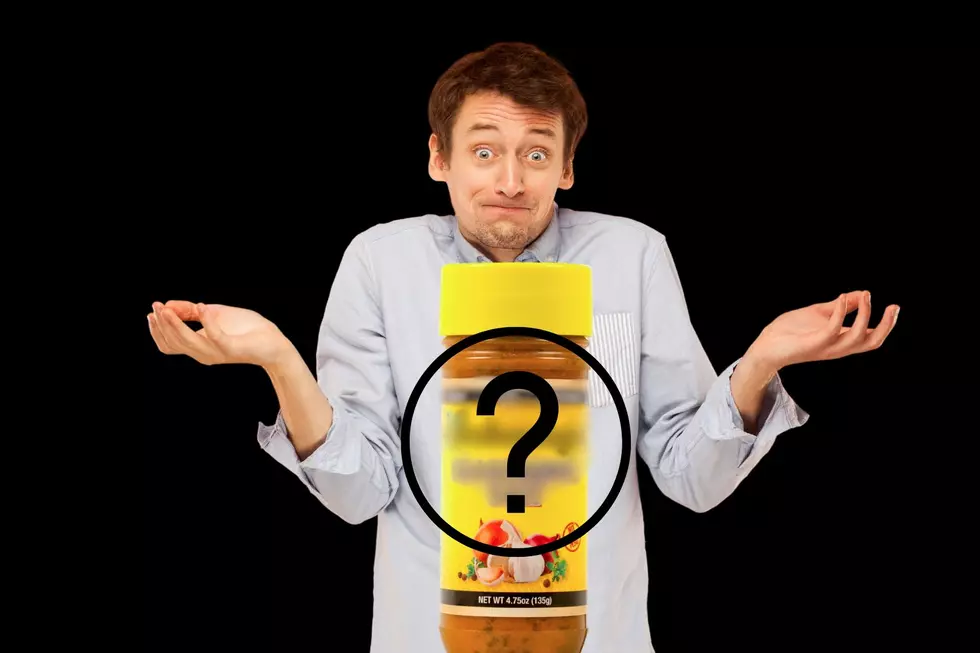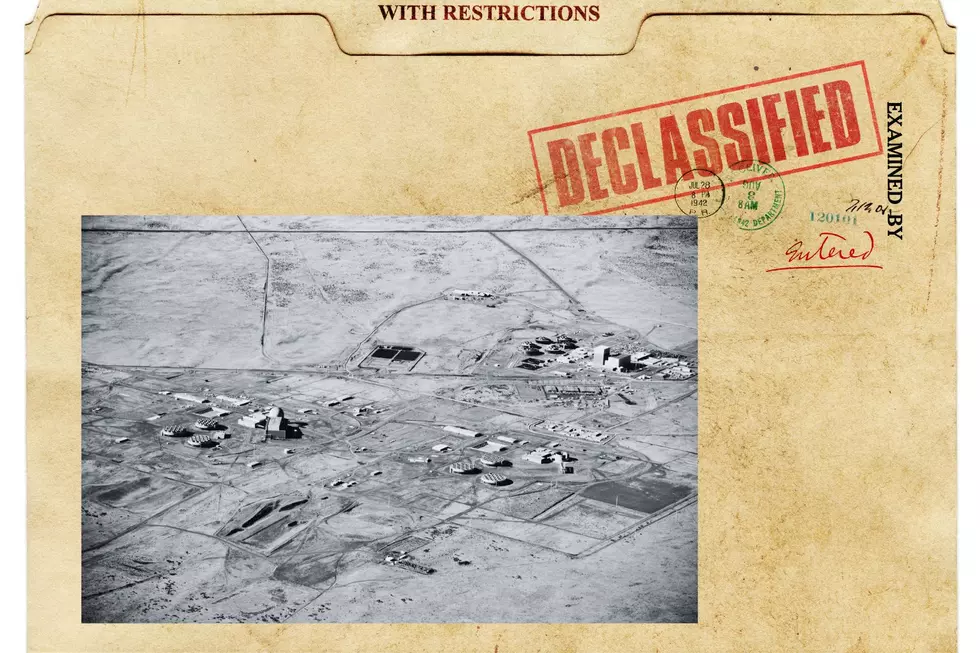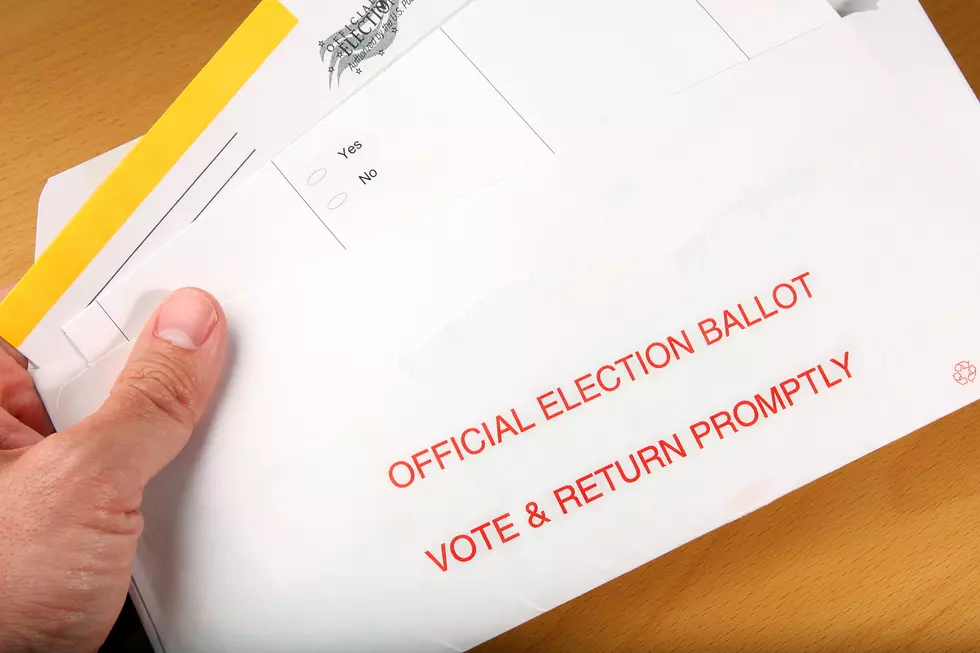
Why Are Party Declaration Boxes On the Outside of Washington Ballot Envelopes?
Why are the party affiliation boxes on the exterior of the Presidential Primary ballot envelopes in Washington State?
Picking a party affiliation in the Presidential Primary is State law in Washington. You might have noticed it in the last election cycle.

What’s different this time is the party affiliation selection boxes are on the exterior of the ballot envelope for everyone to see. This is causing some voters to feel nervous (regardless of party) and many feel it’s an invasion of privacy.
Who decided to put the party affiliation selection box on the exterior of the Presidential Primary envelope in Washington?
According to Washington State Republican Party Chair, State Representative, Jim Walsh, who appeared on the Jason Rantz show, “The law requires declaration. It does NOT require the format of putting the choice on the outside of the envelope (mail-in ballot).” That design decision rests with the state and local election officials.”
The state designed the ballots and put the party affiliation selection box on the exterior of the envelopes to make sorting the ballots easier.
The Washington Secretary of State website explains in detail the Presidential Primary process. “This type of primary is a way for voters to help political parties choose presidential nominees. For the March 12 Presidential Primary ONLY, the major political parties require voters to mark and sign the party declaration. If you choose to participate, your choice of party will NOT AFFECT how you may vote in future elections. You must mark and sign the political party declaration (box) on your envelope for your vote to count per RCW 29A.56.050.”
If you’re concerned about privacy you can hand deliver your ballot to an official collection box or election office. You can find all Washington locations here.
LOOK: States with the highest average cost of living
Gallery Credit: Mike Brant
More From 102.7 KORD




![Would You Bungee Jump Off America’s Tallest Steel Bridge in WA? [VIDEO]](http://townsquare.media/site/112/files/2023/02/attachment-Untitled-design-2023-02-16T104719.580.jpg?w=980&q=75)
![It Takes Nerves of Steel to Land on Washington’s Only Beach Airport [WATCH]](http://townsquare.media/site/112/files/2023/05/attachment-Untitled-design-2023-05-03T150033.349.jpg?w=980&q=75)



